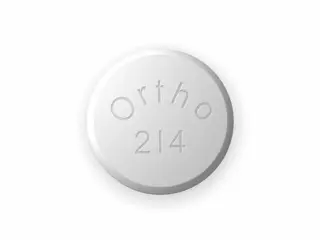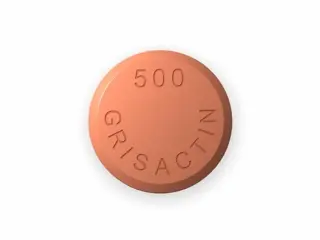Antifungal


Discover effective antifungal treatments to quickly relieve and prevent fungal infections. Shop trusted products for skin, nails, and more, ensuring fast protection and healing. Buy now for safe and reliable antifungal care.
Antifungal medications are essential for treating various fungal infections of the skin, nails, and internal organs. These drugs help eliminate the fungus causing infection, providing relief from symptoms such as itching, redness, and discomfort. In this category, several popular medications are widely used. Each has specific indications and advantages. Here is a review of some of the most common antifungal pills available.
Diflucan (Fluconazole) is a well-known antifungal medicine. It is effective against fungal infections like candidiasis, including oral thrush and vaginal yeast infections. Diflucan works by stopping the growth of fungus. It is usually taken once daily. Many patients prefer Diflucan due to its effectiveness and ease of use. It also has a good safety profile when used as directed. However, in rare cases, it can cause side effects such as headache, nausea, or abdominal pain.
Grifulvin and Grifulvin V contain the active ingredient griseofulvin. These pills are primarily used to treat fungal infections of the scalp, nails, and skin. Griseofulvin works by interfering with fungal cell division. It is often prescribed for ringworm, athlete’s foot, and ringworm of the nails. Treatment duration can be several weeks or months, depending on severity. Patients should follow their doctor’s instructions strictly for best results. Grifulvin V is a microcrystalline form that allows better absorption from the digestive tract.
Grisactin is another antifungal medication frequently prescribed for skin and nail infections. It contains griseofulvin and is particularly useful for stubborn fungal infections. It requires a longer treatment period but often successfully clears the infection. Like other griseofulvin medicines, Grisactin may cause side effects including stomach upset, headache, or skin rashes. It is important to take it with food to improve absorption and reduce stomach irritation.
Lamisil (Terbinafine) is a highly effective antifungal pill used to treat a range of fungal infections. It is commonly prescribed for athlete’s foot, jock itch, ringworm, and fungal nail infections. Lamisil works by killing the fungus cells directly. Patients typically take Lamisil for 6 weeks to 12 weeks for nail infections. It tends to work faster than griseofulvin and offers a shorter course of treatment. Some users report mild side effects such as headache, gastrointestinal discomfort, or rash.
Lotrisone combines a corticosteroid with an antifungal agent. This combination helps reduce inflammation while treating the fungal infection. It is often used for fungal skin infections where inflammation is severe. The antifungal portion targets the fungus, while the steroid reduces redness and itching. Lotrisone is suitable for short-term treatment, as long-term steroid use may cause side effects. It should be used carefully and only for infections confirmed to be fungal in nature.
Nizoral contains ketoconazole and is available in pill form as a strong antifungal. It treats infections like candidiasis, ringworm, and other fungal diseases. Nizoral works by inhibiting the production of ergosterol, an essential component of fungal cell membranes. It is effective for both skin and systemic fungal infections. However, oral use should be monitored by a doctor due to potential liver toxicity with prolonged use. Side effects may include nausea, headache, and abdominal pain.
Sporanox (Itraconazole) is another potent antifungal medication used for various fungal infections. It is effective against conditions such as blastomycosis, histoplasmosis, and onychomycosis (nail fungus). Sporanox works by disrupting fungal cell membranes, leading to cell death. The treatment duration varies but often lasts several weeks to months depending on infection severity. It is important to take Sporanox with food to improve absorption. Possible side effects include dizziness, rash, and upset stomach. Liver function tests are sometimes recommended during prolonged therapy.
Choosing the right antifungal medication depends on the type and location of the fungal infection. Some medicines like Diflucan and Nizoral are preferred for systemic infections. Others, like Lamisil and Grifulvin, are used for skin and nail infections. Lotrisone suits inflamed, fungal skin conditions. All antifungal pills should be taken as prescribed to ensure complete eradication of the fungus. Patients should complete the full course, even if symptoms improve early.
In conclusion, the antifungal category offers various effective medications. Diflucan provides an easy-to-use option for many yeast infections. Grifulvin and Grisactin remain valuable for stubborn superficial infections. Lamisil offers faster treatment duration for skin and nail infections. Lotrisone is unique in combining antifungal and anti-inflammatory actions. Nizoral and Sporanox serve as strong choices for systemic fungal diseases with careful monitoring. Overall, these medications are safe and effective when used properly. Patients should consult healthcare providers for diagnosis and treatment recommendations tailored to their needs.







